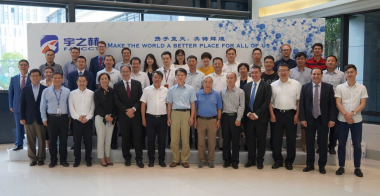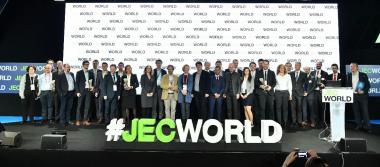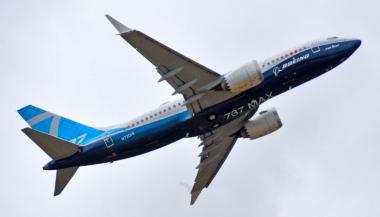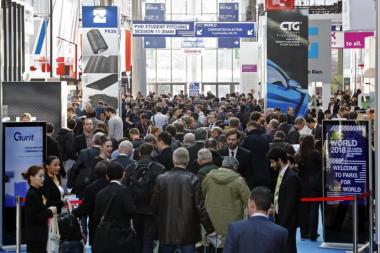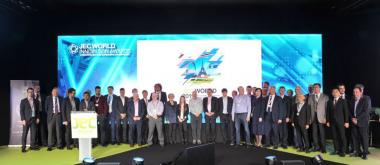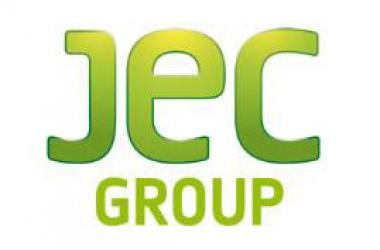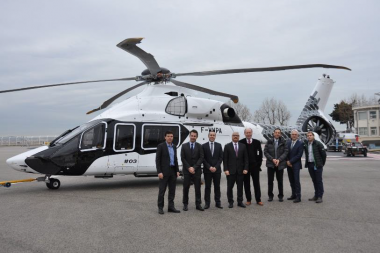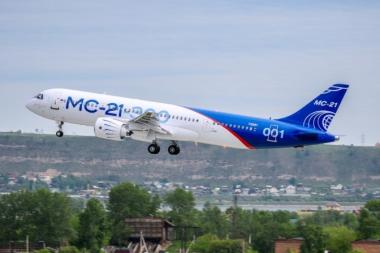Hexcel’s HexAM™ Additive Manufacturing Approved by Boeing
Hexcel Corporation has been approved by Boeing to produce HexPEKK™-100 aerospace structures for major commercial aircraft platforms.
After rigorous review of Hexcel’s proprietary poly-ether-ketone-ketone and carbon fiber material formulation, Hexcel’s superior HexPEKK™-100 end-use components – as well as its highly-controlled HexAM™ additive manufacturing process (which uses selective laser sintering) – are now obtainable through Boeing’s Qualified Provider List (QPL). These HexPEKK™ components will be manufactured-to-print for commercial aerospace applications where complexity, weight reduction, and strong mechanical performance are critical.
Hexcel provides high-rate serial part production with reduced lead-time and at a lower cost than traditional intricately machined aluminum or composite structures. HexPEKK™-100 parts meet interior aircraft smoke and toxicity requirements and are ideal for complex components such as optimized brackets, environmental control system ducts, and castings.
APOCOPE Agency





